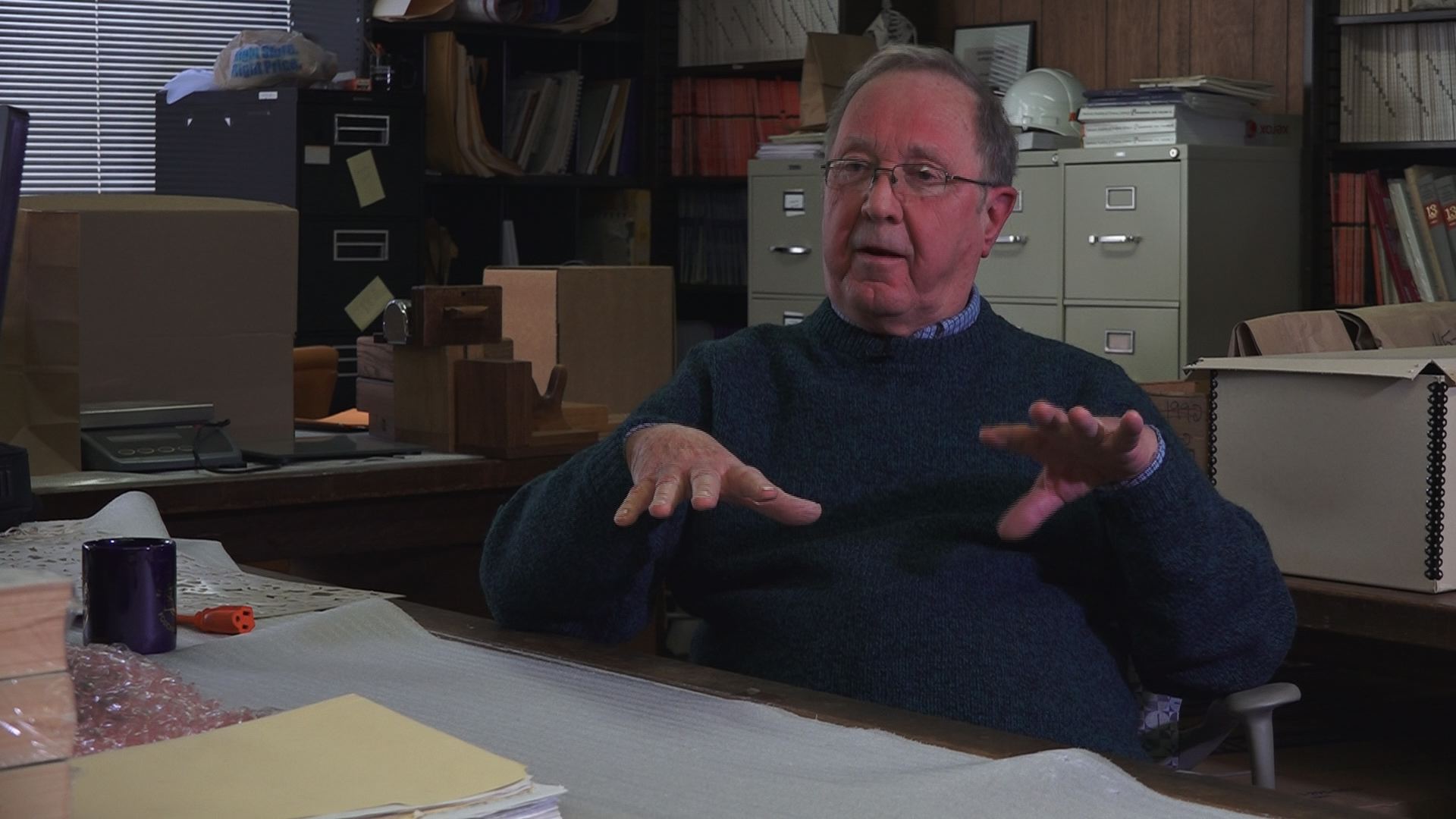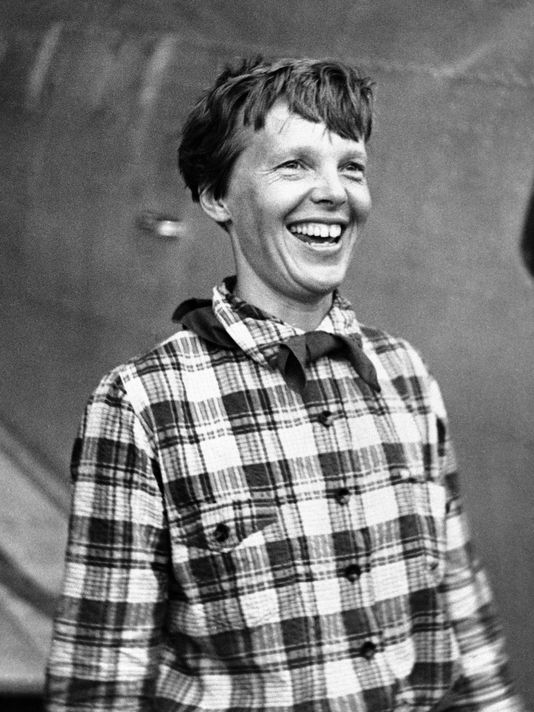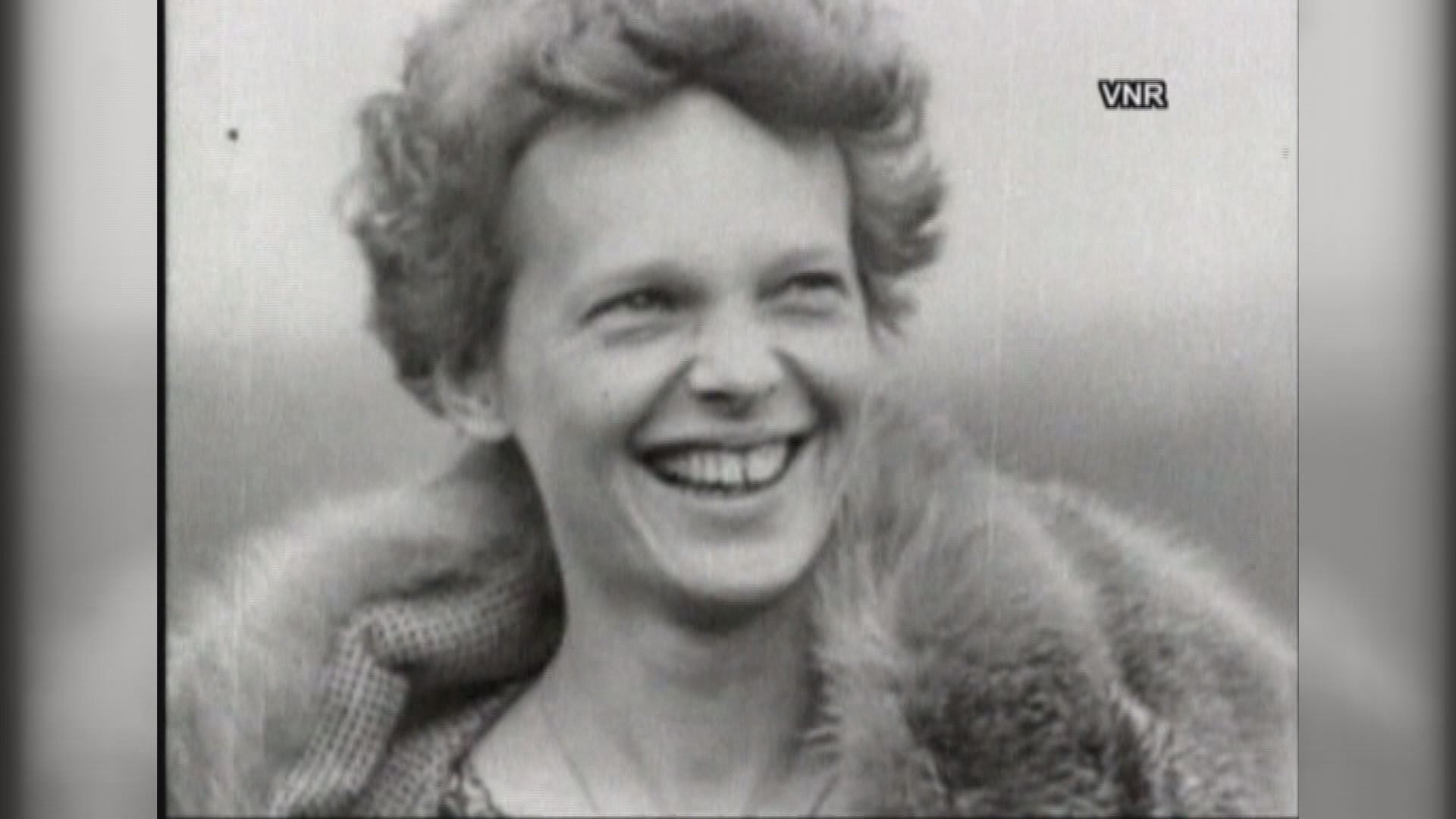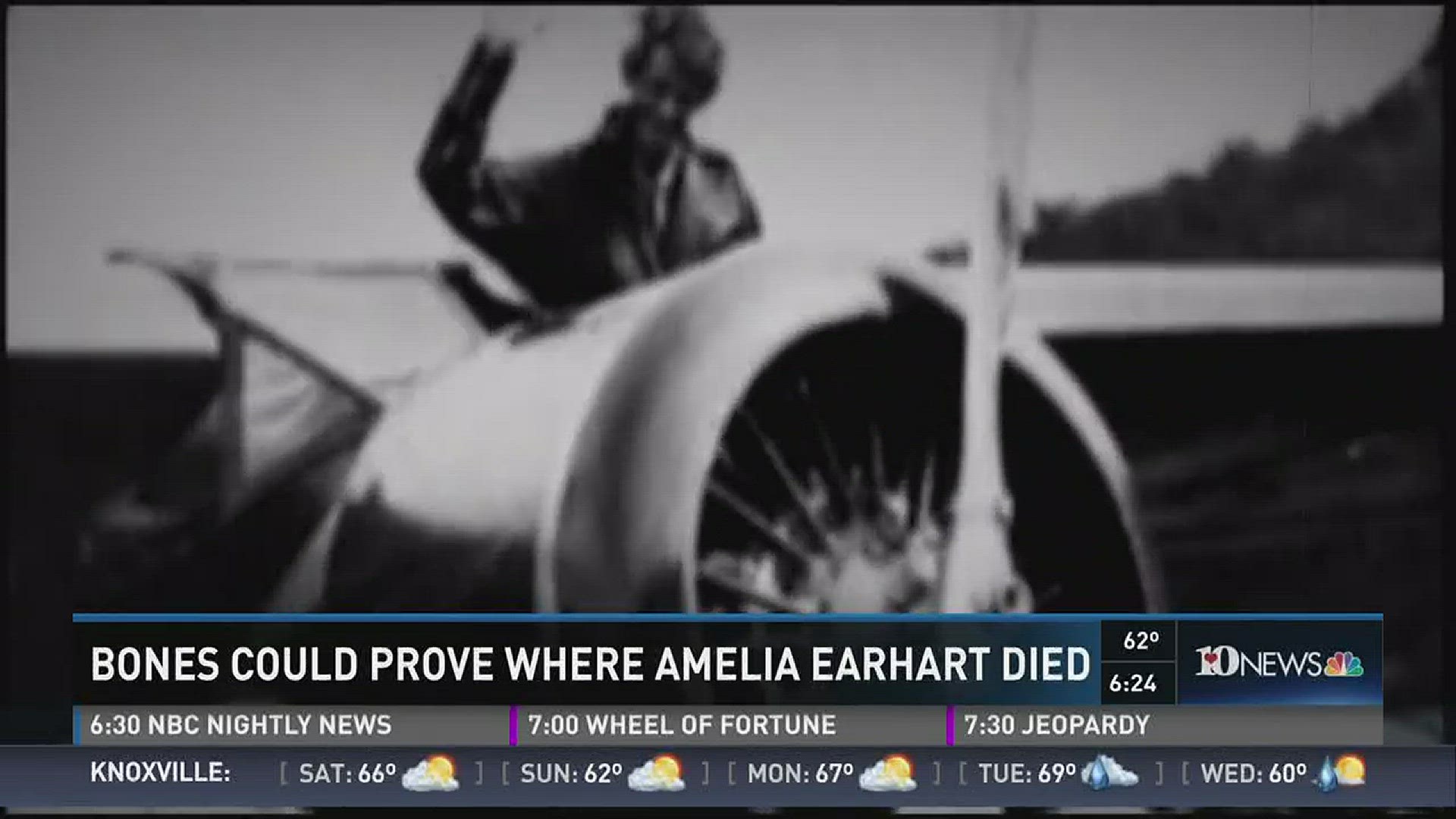Without the bones - or the plane itself - it's hard to state definitively that researchers really have solved the mystery of what happened to aviation pioneer Amelia Earhart on her last flight across the Pacific Ocean.
But University of Tennessee anthropologist Richard Jantz and a group of self-appointed explorers are tantalizingly close.
They're still at work, digging further to learn more about the Kansas native, what she wore, how she appeared, what her remains may have looked like.

Recent findings that unveiled a unique aspect of Earhart - her unusually long forearms - have spurred the investigation further.
Just how much more can they find out about the aviatrix, the first woman to fly solo across the Atlantic Ocean? That's what drives the UT professor emeritus today.
"We are working on a much more fine-grained analysis, which will include a better statistical analysis of the measurements we have, along with better information about Amelia Earhart," said Jantz, director emeritus of the famed UT Forensic Anthropology Center.
It's a project that's occupied Richard Gillespie, executive director of The International Group for Historic Aircraft Recovery, or TIGHAR, for decades. Jantz is working with TIGHAR.
"Maybe she didn't crash in the sea," Gillespie told 10News. "There's a whole final chapter in that woman's life that has never been known and we are uncovering it, and it's pretty exciting."

REMOTE ISLAND
Eighty years ago, Earhart, 39, set out with navigator Fred Noonan on an ambitious journey: to fly across the world in a Lockheed Electra.
They failed. Somewhere in the Pacific they disappeared.
Earhart, who five years earlier had made history by flying alone across the Atlantic from Newfoundland to Ireland, began the trip in June 1937. Her course had taken her from Miami to South America, Afria, India, Southeast Asia and then to New Guinea. The next leg called for her and Noonan to fly in early July to Howland Island in the middle of the Pacific on a fueling stop.
The pair vanished, however, never reaching Howland. Radio transmissions indicated they were running low on fuel.
MORE: Learn about TIGHAR
Theories abound about what happened, one of the most enduring being that they simply crashed into the ocean.
Gillespie and Jantz, however, are pursuing another line of thought - that the plane actually ended up hundreds of miles south of Howland on an uninhabited atoll in the western Pacific.
Back then it was under British control and known as Gardner Island. Today it's called Nikumaroro.
Bones found there in 1940 are key to their investigation.
A medical doctor named Hoodless about a thousand miles away in Fiji examined the skeleton, about 80 percent intact. He took some measurements and concluded they belonged to a stocky male. A box that carried a sextant, a navigational instrument, also was found on the atoll along with a shoe fragment.

After the doctor decided the faded bones belonged to a man, questions about whether the remains could be Earhart were put aside. The bones, sextant box and shoe fragment disappeared.
British authorities knew, of course, about Earhart. But they directed those involved not to talk about the discovery of the bones.
Time passed. Earhart's fate remained unsolved.
And then the doctor's written records turned up in 1998 in archives found miles outside of London, England. And researchers began to ask questions anew.
In 1998, Jantz said he was contacted by colleague and renowned forensic anthropologist Karen Burns. She thought he could lend his expertise to the Earhart project. Jantz was part of UT's famous forensic center, which is more popularly known as the Body Farm, a term they themselves prefer not to use. Burns had been working with TIGHAR to find out what had happened to Earhart.
Jantz said he could do statistical analyses, which Burns thought could be helpful in the investigation.
The anthropologists announced, after looking at Hoodless' measurements, that the bones actually appeared to be consistent with that of a woman of European origin.
Last fall came word of another development: Jantz's analysis indicated the skeleton had distinctive arms. The ratio of the lower arm was relatively large compared to the upper arm. A forensic photographer did his own study of Earhart's arms based on past photos of her.

"He got the same answer we got from the bones," Jantz said.
BEAUTIFUL BUT DEADLY
Today, Jantz and Gillespie think there's much to indicate that what was found on Nikumoraro is that of the pilot.
For example, Jantz said analysis indicates the bones were consistent with that of a person who stood 5 feet 7 inches. On her pilot's license, Earhart is shown as being 5 feet 8 inches; on her driver's license she is listed as 5 feet 7 inches.
Jantz's work continues, studying the bone measurements from decades ago more closely to try to match them with what they can find out about Earhart.
Not everyone agrees with their theory, as Jantz acknowledges. Some scientists still believe that the bones found in the Pacific are those of a male.
Jantz said the bones are not consistent with what they know about Noonan, the navigator. He stood about 6 feet tall, and the bone measurements found on the atoll reflect a person of smaller height. No remains, in fact, have been found to show what may have happened to Noonan.
"I think the best we can do is develop what they call in legal circles a preponderance of the evidence," he said this week, sitting in a department lab under the south stands of Neyland Stadium. "That it's more likely than not that it's her."

All of this, of course, could be resolved if the bones themselves are ever located, Jantz said.
"I think that more evidence will come to light, because they're (TIGHAR) working hard to try to develop more evidence," he said. "The really disheartening thing is what happened to the bones? I think they've looked everywhere they can think about looking and nothing has turned up as of yet."
Gillespie told 10News the search continues, although there's not much question in his mind that they've found Earhart's landing place. The hospital where Hoodless worked in Fiji has been searched - "We turned that place upside down" - thoroughly. Reports continue to surface on Fiji about where they might be.
"We're checking one of those right now," he said. "Maybe one of those stories will turn up true. We've got to run them down."
Gillespie believes Earhart's Lockheed itself landed on the reef and was eventually torn up by waves and dragged down into the ocean. TIGHAR's research suggests the sextant box found with the remains held the type of instrument that Noonan used as a backup when flying.
And TIGHAR continues to go back to Niku, as it's referred to. A summer trip coinciding with the 80th anniversary of Earhart's disappearance is in the planning stages.
It will be the group's 12th journey there. Past excavations of a "castaway campsite" have uncovered bottles Earhart may have used and evidence of campfires she may have started.

Gillespie describes the place where Earhart may have lived her last days vividly. He estimates he's spent something like six months in total on it.
It's about 3.5 miles long, shaped sort of like a human foot. It has a lagoon in the middle where reef sharks thrive. There's no fresh water or mosquitoes or snakes. Polynesian rats live on it. Fish are abundant, along with seabirds and giant coconut crabs.
It was briefly a British colony until everyone was moved off in 1963. Nature has reclaimed it.
For long stretches the sun is brutally hot. There's a protective reef. If you fell on the coral and cut yourself, you'd face a quick infection, he said.
Imagine a postcard of tropical paradise.
"It's a beautiful but a deadly place," Gillespie said.

